das Hawker Siddeley Harrier, das in den 1960er Jahren entwickelt wurde, war das erste Flugzeug der Harrier Jump Jet-Serie. Es war das erste operative Nahunterstützungs- und Aufklärungs-Jagdflugzeug mit vertikalen/kurzen Start- und Landefähigkeiten (V/STOL) und das einzige wirklich erfolgreiche V/STOL-Design der vielen, die in dieser Zeit entstanden. Die Harrier wurde direkt aus dem Hawker Siddeley Kestrel Prototypflugzeug entwickelt, nachdem ein fortschrittlicheres Überschallflugzeug, die Hawker Siddeley P.1154, annulliert wurde. Die britische Royal Air Force (RAF) bestellte ende der 1960er Jahre die Varianten Harrier GR.1 und GR.3. Es wurde in den 1970er Jahren als AV-8A in die Vereinigten Staaten exportiert, um es vom US Marine Corps (USMC) zu nutzen.
Quelle: Hawker Siddeley Harrier auf Wikipedia
Weitere Informationen:
das Hawker Siddeley Harrier is a British aircraft that was developed in the 1960s and 1970s. It is the first operational jet fighter capable of vertical/short takeoff and landing (V/STOL), meaning it can take off and land on short runways or even on ships. The Harrier uses four vectoring nozzles to direct its thrust downwards or backwards, allowing it to hover, fly backwards, or perform other maneuvers.
The Harrier was used by the Royal Air Force (RAF), the Royal Navy, and several other countries, including the United States Marine Corps (USMC). The Harrier played a significant role in the Falklands War in 1982, where it proved its effectiveness against Argentine forces. The Harrier was also deployed in various conflicts in the Middle East, the Balkans, and Afghanistan. The Harrier was retired from service in 2011 by the RAF and the Royal Navy, and replaced by the Lockheed Martin F-35B Lightning II. The USMC still operates the AV-8B Harrier II, a second-generation version of the Harrier that was developed jointly by McDonnell Douglas and British Aerospace.



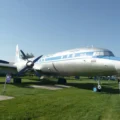
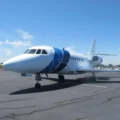
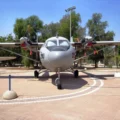
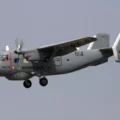
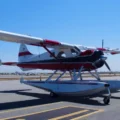
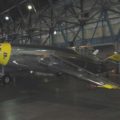
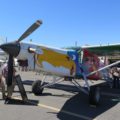
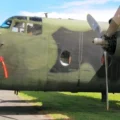
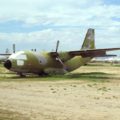
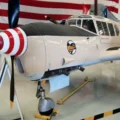
Neuer Satz von 45 Fotos von einer Harrier II RAF GR.7